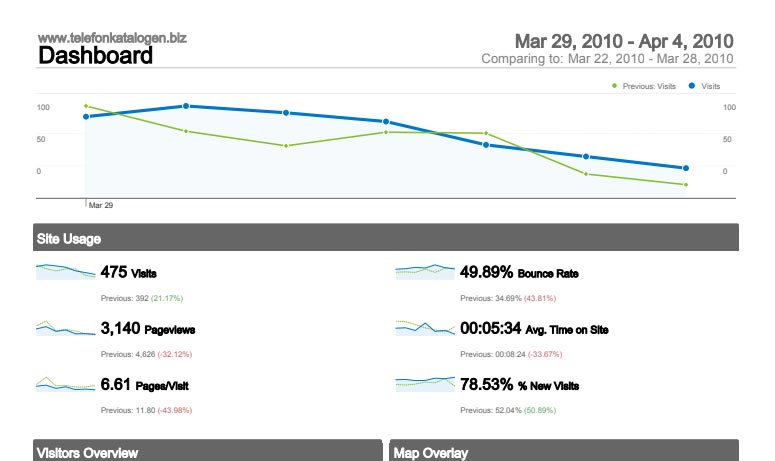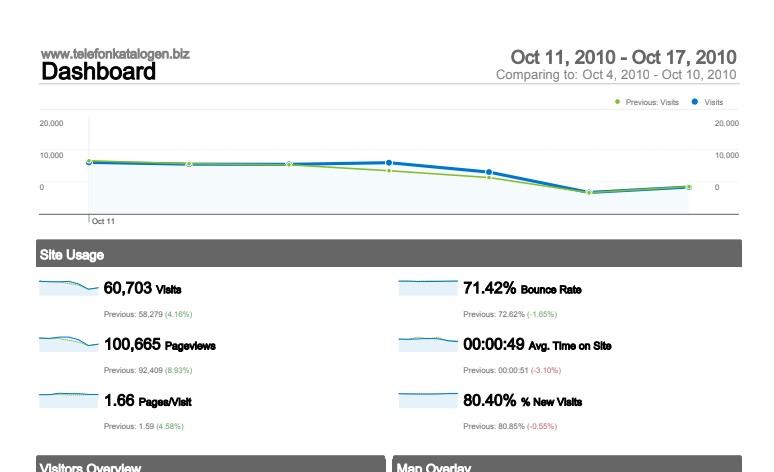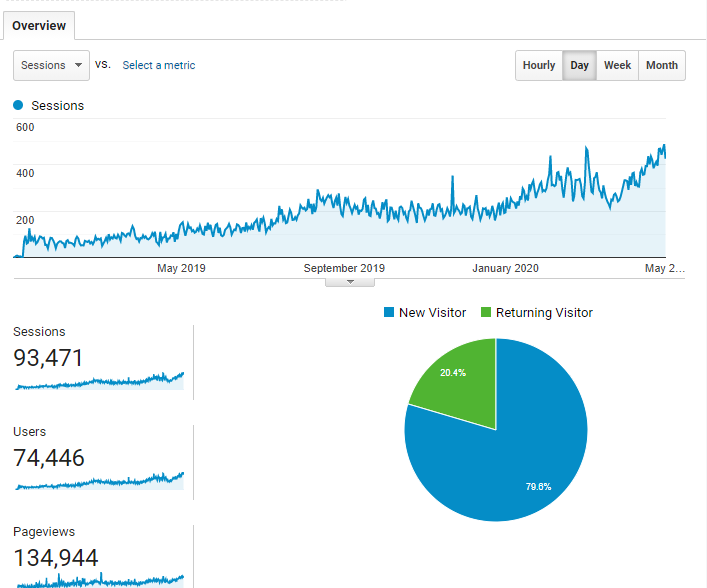Do you know your Social media engagement rate?
Social media engagement rates measure the level of interest your content is generating.
It’s the measure in which followers engage with your posts on a social network.
You measure it by dividing total engagements (likes, shares, retweets) by total following.
Thus, the social media engagement rate measures how active and engaged users are with your content.
The higher this statistic is, the more exposure you will receive, both by the algorithm and branding.
However, likes and comments does not automatically mean more leads, sales and customers.
Let’s find out what all this means…
Table of Contents
What is Engagement Rate?
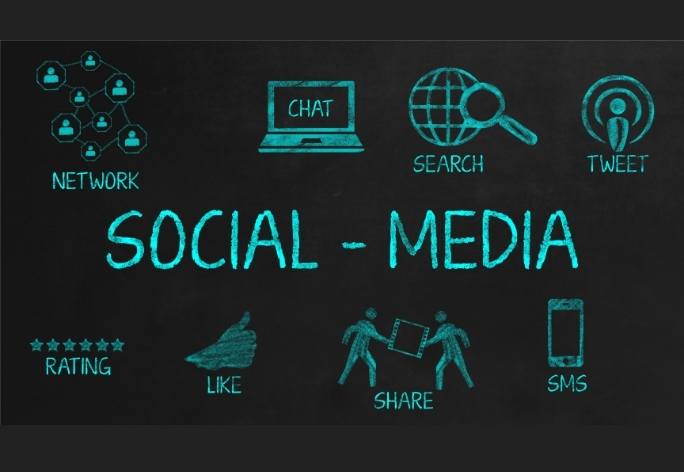
The engagement rate is a metric used in social media marketing. It helps to measure content performance on platforms like Instagram and Facebook. Marketers often use engagement rates to measure the success of a campaign. Also, social media influencers who claim engagement rate illustrates their audience’s attention. Marketing engagement is measured by the number of interactions on content divided by the number of followers.
How to calculate the Engagement Rate?
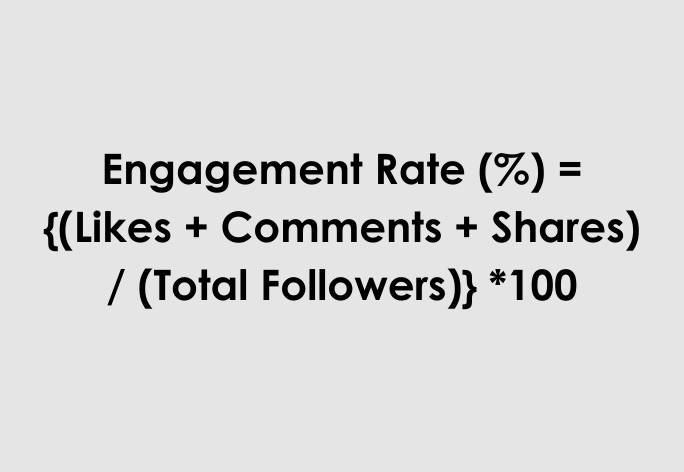
When calculating the engagement rate, the total number of interactions on a post is divided by the account’s total following. The amount varies depending on which platform it occurs on. For example, Instagram has likes, comments, and saves. Engagement rate is defined as likes, comments, and shares on Facebook. Retweets and likes. Also, replies are engagement rates for Twitter. Views, screenshots, and replies are engagement rates for Snapchat.
Below is an example of the formula used to calculate the engagement rate.
However, it depends on what type of platform you’re using.
Engagement Rate (%) = {(Likes + Comments + Shares) / (Total Followers)} *100
What is a reasonable engagement rate for Facebook?
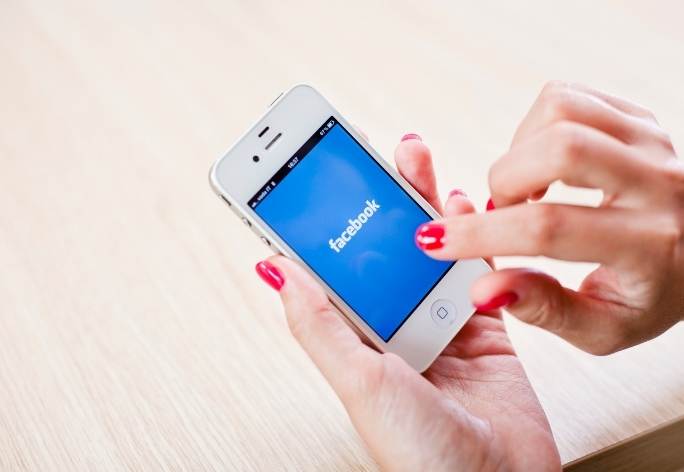
In a survey of industry experts, it was found that the average social media engagement rate on Facebook is one to two percent.
But this generally refers to mainstream brands like Coca-Cola. So, it’s not as much of a problem for a small business trying to push you to add an item to your cart. Rather than sitting on your feeds un-clicked.”
If you sign on to take charge of any social account, the engagement rate is essential. One or two percent would be a disappointing following considering how much time you will spend there.
The stretch target is 7.5%, but we sometimes fall short of this goal, not due to a lack of trying.
Each of these metrics assumes no spend. When you promote your post, the engagement rates can be skewed. It depends on what type of promoted post you publish.
Social media posts with higher engagement rates tend to have less money spent.
Should you focus on your Facebook engagement rate?
When examining Facebook, some say that it is not worth focusing on social media engagement rates.
Over the past few years, Facebook has been reducing the organic reach of posts from company Facebook pages. Unfortunately, this means that you may have noticed a decline in the number of people who see your posts.
How to improve your social media engagement rate on Facebook
If you are looking to increase your social media engagement on Facebook or other platforms, here are a few things that may help:
- Use Facebook’s tools. You can find these graphs under Facebook Insights on your page to know what goals you should reach. To meet these goals, you first need a baseline measurement – where are your likes now?
- Post more videos. Facebook data has shown that videos are more successful on the platform than photos. Also, when videos are live, user interaction increases by 6%.
- When you post, make sure people can see it when they’re online. This will make them more likely to comment or share the content you have recently uploaded. Analytics allow you to see the best times for posting, which you can add to your Setup area as a Preset Publish Time. This is a crucial step when planning social media campaigns. Analytics let you know what the best time for posting is
- When posting content on your site, post things that will be interesting to your followers. When designing social media content, think about what your audience wants. To entice them to engage with your posts. Provide material that’s educational, funny, inspirational, or informative
- Check out your competitor’s posts. So, why do they get more likes than you? Is it their brand, or are they using a strategy to motivate increased engagement? If they don’t outperform you, congrats! Now think about what you can do better than the rest.
- To better engage your audience, try posting relevant content that is easy to digest. Your social media marketing should not always be serious.
How social media engagement rates could change on Facebook
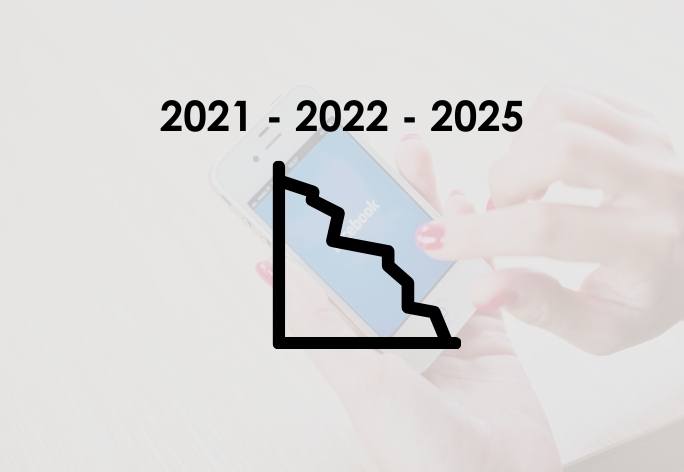
Organic reach on the news feed is decreasing year after year.
This is because Facebook cleared out any posts that were not friends. Also, family-related, and focusing on those.
The change made it difficult for marketing posts to reach users.
In addition, it helps to make it more difficult for brands to reach new customers.
Why am I seeing this post?’
Additionally, platforms introduced a new button, ‘why am I seeing this post?’ which allows the user to see what Facebook thinks might be relevant before viewing the content.
The use of Live Video on Facebook is growing. Besides, it’s only natural that more companies will be uploading video content. But, again, this is through social media platforms.
Posts in engaged groups have also grown in popularity over the past couple of years.
What is a reasonable engagement rate for Twitter?
Fewer people tend to have engagement rates on Twitter than Facebook. The average engagement rate for Twitter is 0.5%. Anything above 1% might be considered significant.
Smaller companies should shoot for an engagement rate that’s more than the norm, though. For example, our Twitter engagement rates are at 1.5 – 2%. So, we have a smaller but more engaged audience size than many of our competitors.
It is more challenging to achieve a reasonable engagement rate on Twitter than on Facebook. This is because people and other brands tweet more often, making it harder to stand out from the posts.
Unless you’re able to drive higher levels of engagement on your account, you won’t get a high level of engagement out of the Tweets seen by most audience members.
Yet, there are more engagement options on Twitter than on Facebook and LinkedIn. This means that while you may see lower engagement rates across the board. These low rates will be due to the different social media platforms, rather than generally lower levels of interaction on Twitter.
Why you should focus on your Twitter Engagement Rate
Despite its lower engagement rates, there are a few reasons to consider using Twitter. For example, posts on Twitter are more likely to go viral than any other online platform.
Although it can be challenging to get content created with a personal account. If your business produces a lot of content, Twitter is worth the effort.
It takes a few good Tweets in a row for Twitter’s algorithm to promote your Tweets more r to your audience. Yet, building up followers will take some time.
When you see a rise in engagement, like with impressions or number of followers, for example, on Twitter, then you know your venture is a worthwhile try.
If you find it difficult to see a pattern like this, we recommend looking at engagements per post on Twitter.
How to improve your social media engagement rate on Twitter
- Get feedback from your analytics on your Twitter account. Enter this link for immediate access or see which posts are successful and what ideas you can ditch.
- Respond to customers for best results. Eighty-five percent of brands on the site use it as a customer support tool.
- For posts on Twitter, posts with photos seem to get 35% more retweets and those with quotes 19% more.
- Use hashtags and trending tags. They’ll get you in front of as large an audience as possible.
- Add links to any blog posts you’ve written in your tweets. There will always be a chance for traffic to visit your site.
- An essential tactic for engaging with other users is to respond and start a conversation.
- “As we youth-oriented professionals, our biggest message is to keep asking questions.”
- Engage with influencers in your industry to get a piece of their followers. They may retweet your content to one of their thousands – or millions – of followers.
How social media engagement rates are likely to change on Twitter
It will be more difficult for brands to catch a potential customer’s eye. For example, suppose they are not engaging with the top trending topics.
It will also be possible to ensure some of a brand’s social media marketing audience sees particular tweets. This way, the rest of the audience feels like the brand is still relevant to them.
The changes to social media have improved engagement rates. But Twitter is different than Facebook, LinkedIn, and Instagram. The two platforms are not synonymous.
What is a reasonable engagement rate for LinkedIn?
LinkedIn is one of the best platforms for driving engagement. Also, it presents a terrific opportunity for those who wish to increase awareness of their B2B brand. Else, recruit for their B2C company.
LinkedIn has an engagement rate of about 2% for most content. But this increases to 5 or 6%, depending on the type of content you share.
Why you should focus on your LinkedIn engagement rate
LinkedIn is a great way to improve your reach while avoiding expensive advertising. This is why many business leaders choose to connect with their audience through LinkedIn.
Although engagement is somewhat less than that when owned by individuals. You’re likely to meet the furthest reach with one post on LinkedIn.
LinkedIn favors media that show images, videos, and gifs. And the more you click on these items from your feed, the better your engagement rate will be.
How to improve your LinkedIn engagement rate
There are many ways to improve your LinkedIn Engagement Rate. Yet, these few ideas will give you a good start:
- Add insightful comments to breaking news in your industry.
- Focus on the people in your company. They are your brand on LinkedIn
- Share company milestones, awards, new joiners
- Add images to your social media marketing posts
- The algorithm on LinkedIn will identify important articles as more valuable. This is if they have been liked within the first 30 minutes of them being posted. Reach out to your team or others in your network with a message like this. “Hey everyone, this article is worth reading!” and then leave it there for only a few moments before moving on.
- Add images and videos to your posts
- Post funny industry jokes. While other parents are posting comments like. “my kids were sick all day at school,” you’ll be going viral with an epic entertainment joke.
- Respond to every word with an answer if possible. Comments encourage discussion and enhance the conversation on your posts.
- Use LinkedIn Analytics to investigate your current posts. Including how many likes and comments they’ve received. Who is following you? The demographics behind your followers (gender, age group). Also, what kind of content has been most popular. Your organization needs a social media strategy that includes both on-site promotions. This is with relevant materials as well as personalized
- If you want to grow your follower count, consider sponsored content.
- It’s wise to avoid certain habits on LinkedIn since they are unlikely to be rewarded with visibility or views.
- Don’t share you’ve posted on LinkedIn Pulse (LinkedIn’s publishing platform)
- Reading any Facebook post without knowing the background and context can be confusing.
- If you are retweeting an article, always include a brief explanation of why it is interesting
- The best way to create content that your readers will like is to copy the Tone. Also, the style and language you’d use.
How LinkedIn’s engagement rate is likely to change
LinkedIn prefers sponsored content. It means we’ll see the engagement rates for business pages decline over time.
Although Facebook and Twitter offer many opportunities for organic engagement. LinkedIn stands out because it can drive site traffic and leads.
What is a reasonable Instagram engagement rate?
With 500 million Instagram fans. The social media site offers businesses with a visual appeal significant opportunity. This is for exposure and especially those with a physical product.
Engagement rates are higher than one would get on social media platforms such as Facebook and Twitter because of the format’s nature. With one post per screen, users must interact or scroll by content.
A 2% engagement rate on Instagram is considered to be good. Anything above 3% is phenomenal.
In a survey conducted by Rival IQ, the Higher Education sector had a higher engagement rate (3.5%). This is in comparison to the average for all other industries surveyed. The Retail sector was the lowest at 0.67%
How to improve your social media engagement rate on Instagram
- A story is a tool that lets you upload and share visuals of your day. Hootsuite’s Social Trends Survey found that 64% of marketers now include Stories in their social media strategy.
- Use Post Insights to see which posts perform well and use an analytical approach for what you can do more of, less of, and experiment with.
- Change a slideshow to a carousel. Panning across the pictures is more interesting than flipping through them one at a time.
- Launch a photo competition to get followers to send their images with your company hashtag, which will be used to curate the best shots. Allowing them to submit their content creates user-generated content. It showcases the creativity of your fans, gets them involved, and brings you closer to their lives.
- Making your content more engaging is as easy as adding hashtags. Studies show 12% more engagement when you use key phrases on the platform. So, it’s best to use a keyword tool before posting anything.
- Instagram Live Video and Instagram Stories are powerful advertising tools for any company. As a small business, you can use these pre-recorded videos to promote your new products or events. Post special offers or even interview influencers. It might be helpful to mention that “pre-recorded” means the video has already been filmed and it is not
- Mix up your post types – vary the style, size, or format
- When you get tagged in comments or receive direct messages, take time to reply. If you use the Alerts feature in Post Comments, this won’t be an issue.
- If the budget permits, reach out to influencers via Instagram for marketing your products.
How social media engagement rates are likely to change on Instagram
Instagram’s changes to its algorithm have been geared towards the most engaging content, making it possible.
Changing the format of a timeline from chronological to highlight-focused highlights this shift. Also, it looks as though Instagram is going to continue on this path.
The platform’s promotion of engaging content goes beyond other social media. Unlike Facebook, for example, posts from both brands and individuals are treated the same. That’s great news for companies as long as it continues to be the case.
Though organic reach on Instagram is decreasing. You will need to work harder to get engagement on your posts.
The more you post on Instagram, the better your engagement is likely to be.
Why is Engagement Rate critical?
One metric that is often considered to be vital when analyzing social media data is engagement rate. This number can help measure the success or failure of a post on social media. Also, how many followers are engaged with you. For brands, one needs to focus on engagement rates with each account. For example, suppose a user has thousands of followers but receives few comments on their posts. Then the likelihood of actually influencing consumers is minimal. But, on the other hand, users who are more engaged with your campaign have a more remarkable ability to provide value to the brand.
Where you should focus your efforts on improving engagement rates
LinkedIn and Instagram will improve engagement more than Twitter or Facebook.
But whichever social platform you choose, engagement won’t turn up. You need to earn it. Make your company’s voice know. Customers must recognize a specific tone and trust what you are saying about the brand they are engaging with.
Listen to feedback and measure your posts. Test what garners the most engagement so you can repeat it.
Mix things up. You need to change your posts on social media channels. Adding new content and improving upon the old to show account followers that you’re trying new things. Options like social media schedulers and usage-relevant apps can go a long way in finding what you need.
Conclusion
The social media engagement rate is a metric that measures how often an individual or brand interacts with social media posts. Engagement rates are calculated by dividing the number of interactions by the total number of likes and followers. The higher this percentage means that more people are engaging with your content on social media. So, if you’re looking for increased visibility in digital marketing campaigns. It’s essential to understand what kind of engagement rate your audience prefers!
Helpful Tone: informative Social media engagement rate is a metric. They measure how often an individual or brand interacts with social media posts.
FAQs
What is the engagement rate?
The engagement rate is a metric often used to track how involved with your content your audience is. And how effective your brand campaigns are. Engaged consumers interact with brands through interactions. They include “likes,” comments, and social sharing.
What is an excellent social media engagement rate?
The experts seem to agree that a reasonable engagement rate for posts is between 1% and 5%. Rates depend on the industry, audience size or type, and the style of content published. The average in 2020 was 4.59%.
What does social media engagement mean?
Social media engagement, or the measurement of comments. Also, likes, and shares, is one way to measure success. But the ultimate success is an engaged audience, not a big one.
How is the social media engagement rate calculated?
To calculate social media engagement rates, use the following formula. First, divide the number of public interactions with a post by the number of followers and multiply it by 100. For example, for an Instagram account, measure the number of likes and comments on a particular post.
What are the benefits of social media engagement?
An excellent way to get positive attention from potential customers is by engaging with them on social media. Engagement can lead people to take a company more seriously. And it may also improve content reach efficiency and promotional cost-effectiveness.
Share This Story
